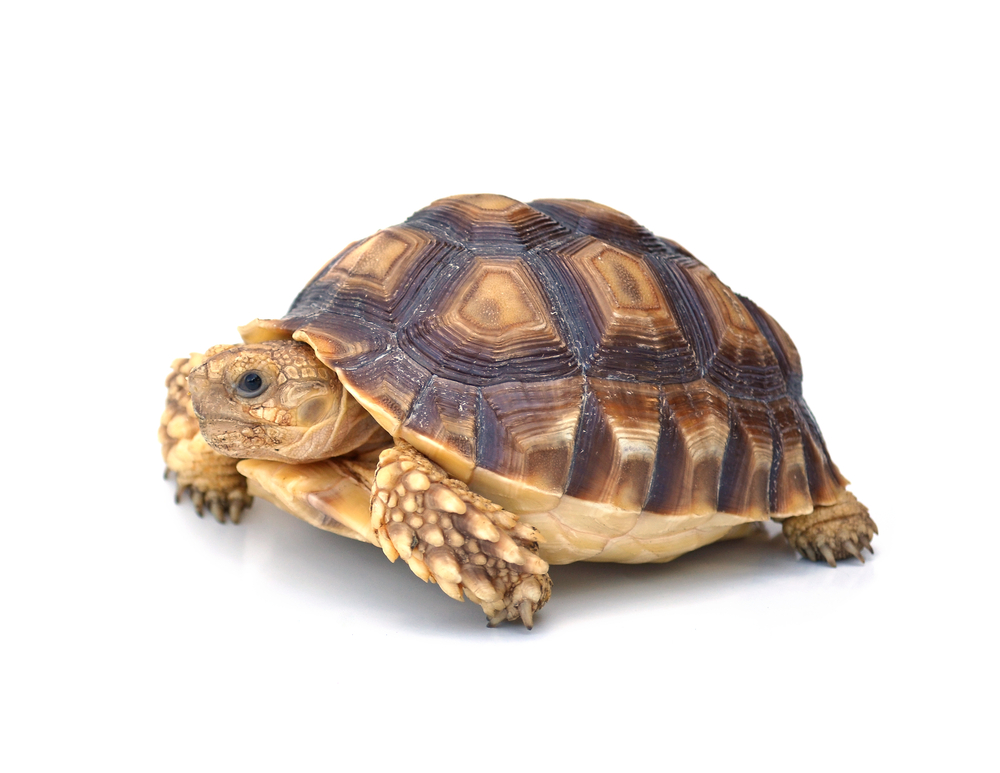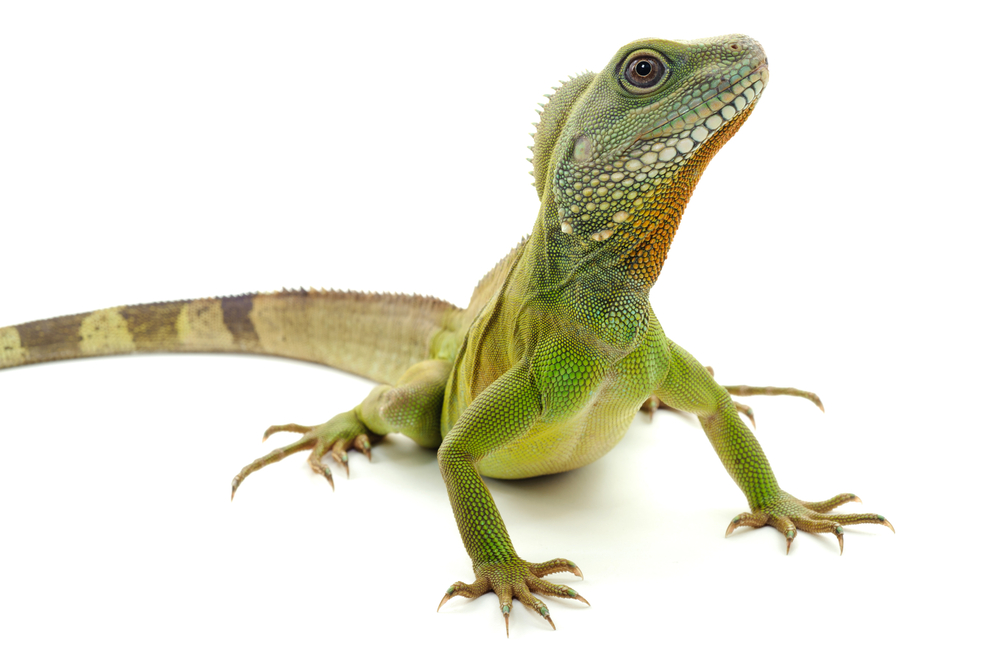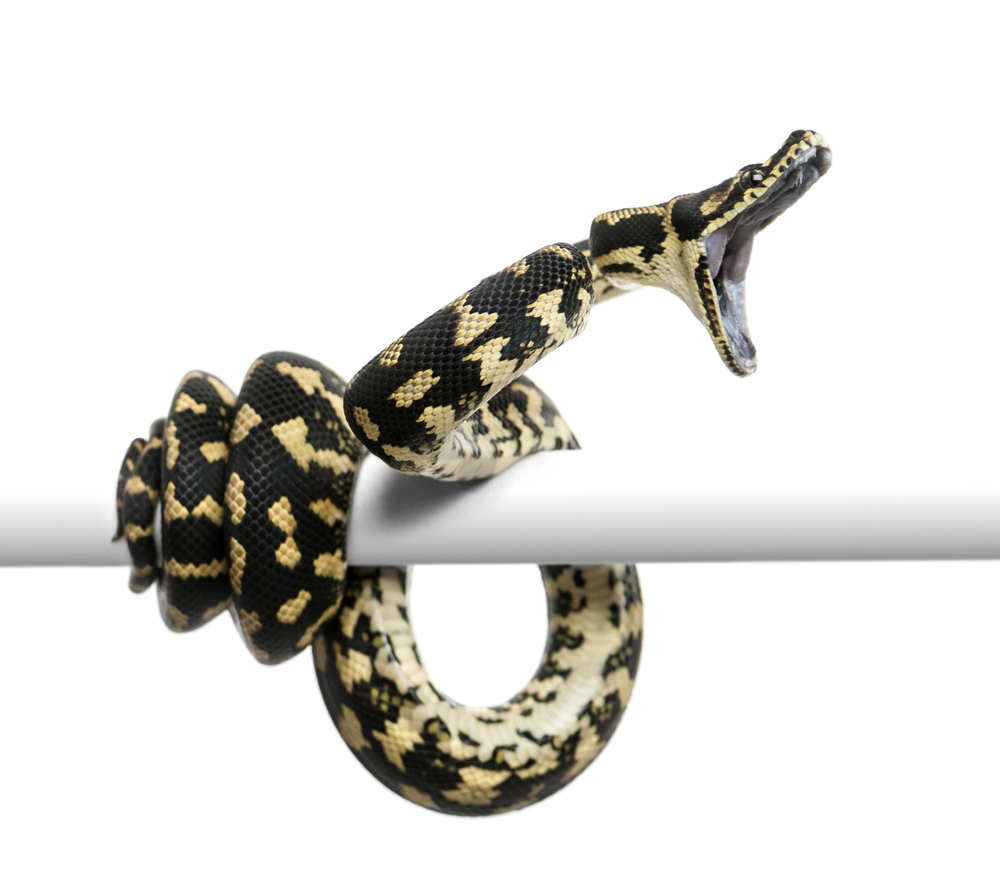In Cold Blood: Uncovering Reptile Myths

We live in a world full of myths. Be it myths about legendary animals like the phoenix, mermaids, unicorns, or reptiles that people often refer to as the ‘frightening little things’, such as snakes, reptiles, iguanas, and turtles. Countless myths have originated from numerous parts of the world about various types of reptiles. Have you ever stopped to think about the truth in these myths; whether they are fact or fiction? Or do you consider yourself as someone who believes everything they read as the truth? Read on to find out the truth behind some popular myths regarding reptiles.

Perhaps no other creature is the subject of as many myths, misguided judgements, and false impressions as the snake. People have attached a wide variety of positive and negative connotations to snakes. In a few communities snakes are associated with fiendishness, savagery and sin, while in others they are images of healing or fertility. Along with snakes, iguanas and turtles are also surrounded by similar myths and misconceptions, and it is these misunderstandings that bar people from taking proper care of their reptiles. These myths have, in part, been fuelled by the media including Hollywood and Bollywood who have taken their turns promoting this as a method of inciting dread and fright for the plots of their films.
MYTHS VS FACTS
Myth – Snakes remember you if you hurt them.
Fact – This myth has been made popular mainly by the Bollywood scene. Snakes are not spiteful creatures and they do not have the brainpower to categorise individuals according to their actions.
Myth – Salmonella bacteria is carried around by turtles solely.
Fact – All reptiles carry the Salmonella bacteria. According to doctors, about 90% of exotic reptiles carry this bacteria. They carry it and shed it through their faeces. Therefore, to prevent it from spreading, wash your hands exhaustively after touching your herp, commonly known as reptiles, or anything in its habitat.
Myth – If you spread a certain type of slime on young turtles, you can turn them into Ninja Turtles.

Fact – Unfortunately, there are no Ninja Turtles. However, young adults believe that turtles they find in the backyard or at a pet store can eventually turn into Ninja Turtle. This craze has had an effect on the water turtle population as a large number of children have requested their super special Raphael, Leonardo, Donatello, and Michelangelo. On a serious note, NO turtle has ever survived on a pizza diet or in the sewer.
Myth – Lettuce is a major part of an iguana’s diet.
Fact – This is not accurate. Lettuce has low nutritional value so it cannot give an iguana proper nourishment as opposed to dim verdant green vegetables and products of the soil.
Myth – Reptiles grow to the size of their cage.
Fact – This myth is awful. Thousands of reptiles die yearly or live in a suffocating environment because of this myth. Reptile owners believe that the reptiles will not grow more than the size of their cage. This is incorrect as each reptile has an approximate size to which they are expected to grow. For example, iguanas can grow up to 6 feet, therefore their environment should be large enough to accommodate their size.
Myth – Ball pythons don’t need to consume food.
Fact – All living creatures need to feed to survive. Ball pythons, particularly ones from the wild, may be hesitant toward eating for a long time because they don’t regard the mice we offer them as nourishment. In such cases, Ball pythons need to be deluded into consuming food; if not, they will have to be force-fed.
Myth – Iguanas have short lives and are cloddish reptiles.

Fact – This is not true. Iguanas can live up to 20 years when appropriately cared for. Also, they are exceptionally smart as they can be toilet-trained, can learn tricks and even find their way home when lost. It simply takes patience and care to manage and train them.
And finally, the last of the many myths that have been going on for years;
Myth – All snakes are venomous.
Fact – Out of the 110 types of snakes in existence, only 20 are venomous. There are fish and noxious plants that pose more of a risk to people than venomous snakes. Truth be told, more individuals die every year of honey bee stings than snake bites. If you happen to come upon a snake in the wild, remember this: if you don’t bother it, it won’t bother you. Step back gradually; do not attempt to run it off by tossing things at it. Keep in mind that venomous snakes only make up around 10 per cent of the snake species.

So if you want to get a pet reptile, be sure you have done your research about their care ahead of time. Reptiles are not difficult to care for once you know what you are doing, and they can make for incredible pets. However, make sure that you have all the appropriate information you need beforehand. Surprisingly, numerous pet owners go home from pet shops without enough information, or even wrong information, about reptile care. This then leads to owners having a hard time caring for their pet which in turn is lethal for the pet.






